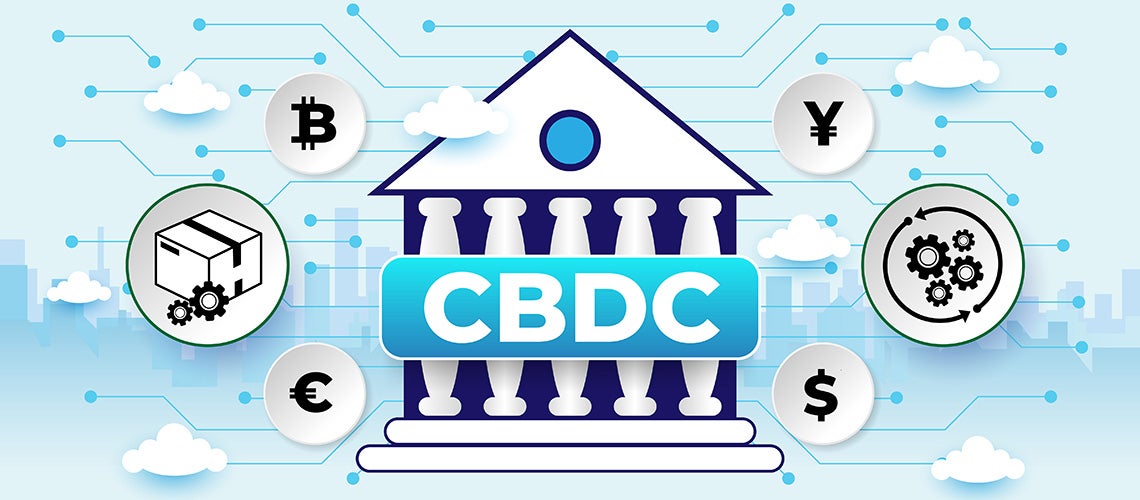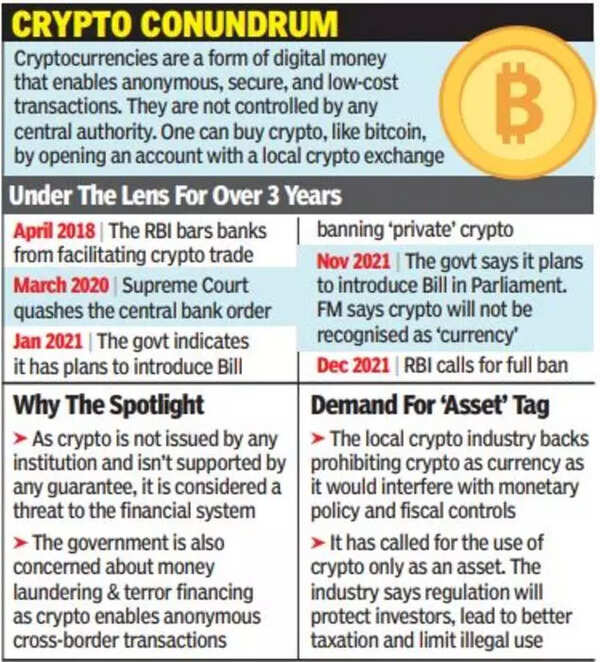In a world where digital currencies are on the rise, central banks are taking notice – and getting in on the action.
:max_bytes(150000):strip_icc()/terms_c_central-bank-digital-currency-cbdc_FINAL-671aefb2905b407583007d63fa46e49d.jpg)
Understanding Central Bank Digital Currencies (CBDCs): A …
As we navigate the complex web of financial systems, it’s becoming increasingly clear that traditional currencies are no longer the only game in town. Digital currencies, also known as Central Bank Digital Currencies (CBDCs), are revolutionizing the way we think about money. But what exactly are CBDCs, and how do they fit into the grand scheme of things?
The Rise of Digital Currencies
Digital currencies have been around for decades, but it’s only in recent years that they’ve gained mainstream attention. From Bitcoin to Ethereum, these digital tokens have captured the imaginations of investors, traders, and tech-savvy individuals alike.
But CBDCs are different. They’re not just another digital currency; they’re a digital representation of a country’s fiat currency. In other words, they’re like cash – but digital. And that’s where things get interesting.
How CBDCs Work
So, how do CBDCs work? Well, it’s quite simple really. A central bank creates a digital platform that allows citizens to hold and transfer their digital currency. It’s like a mobile app for your money.
But what makes CBDCs unique is the fact that they’re backed by a country’s fiat currency. This means that if you have 100 dollars in your digital wallet, it’s essentially worth 100 dollars in real-world value. Unlike traditional cryptocurrencies, which are decentralized and can be traded freely, CBDCs are pegged to their respective countries’ currencies.
The Benefits of CBDCs
So, what are the benefits of CBDCs? Well, for starters, they offer a level of security that traditional cryptocurrencies can only dream of. With CBDCs, transactions are recorded on a public ledger called a blockchain – just like Bitcoin.
But that’s not all. CBDCs also offer faster and cheaper transactions than traditional currencies. And with the rise of mobile payments, it’s easier than ever to use your digital currency on-the-go.
The Challenges of CBDCs
But there are challenges too. One of the biggest concerns is the potential for inflation. If too many people have CBDCs, it could lead to a surge in prices – and that’s not good for anyone.

Is Central Bank Digital Currency the right tool to expand …
Another challenge is the issue of regulation. With CBDCs comes new opportunities for financial crime – and central banks need to ensure that their digital currencies are secure and trustworthy.
Real-World Applications
So, what can we expect from CBDCs in real-world terms? Well, for starters, they’re already being tested by several countries. In China, for example, the People’s Bank of China is running a trial program for its own digital currency – and it’s showing promising results.
In Sweden, the Riksbank is also exploring the use of CBDCs – with plans to launch a pilot program later this year. And in Japan, the Bank of Japan has already launched a digital currency called ‘dollar,’ which can be used for online transactions.
The Future of Money
So, what does the future hold for money? Will CBDCs be the next big thing? Only time will tell.
But one thing’s for sure – the world of finance is changing fast. And with CBDCs on the horizon, it’s more important than ever to stay informed and up-to-date.
Conclusion
In conclusion, CBDCs are a game-changer. They offer a level of security, convenience, and efficiency that traditional currencies can only dream of.
But with great power comes great responsibility – and central banks need to ensure that their digital currencies are secure, trustworthy, and regulated. Only time will tell if CBDCs will revolutionize the world of finance – but one thing’s for sure: it’s going to be an interesting ride.
References
1. “Central Bank Digital Currencies: A Review of the Literature” by Journal of Financial Stability, Vol. 49, pp. 1-15.
2. “The Rise of CBDCs: An Interview with a Central Bank Governor” by Financial Times, March 2023.

IMF provides central bank blueprint for CBDC decisions – Ledger …

Will crypto gain ‘currency’ as asset class since payment option is …

Nigeria’s crackdown on Bitcoin echoes global crypto conundrum …
